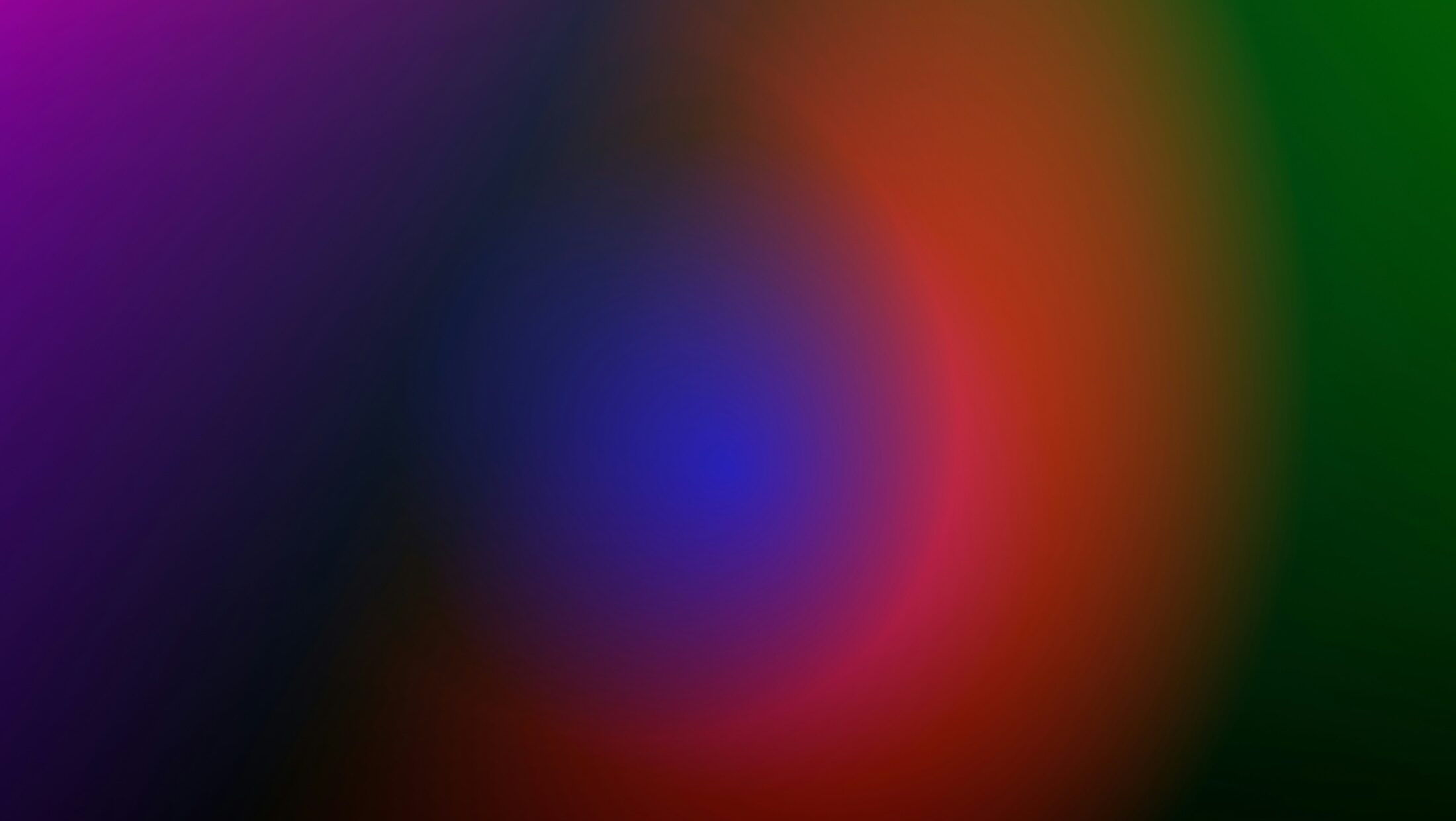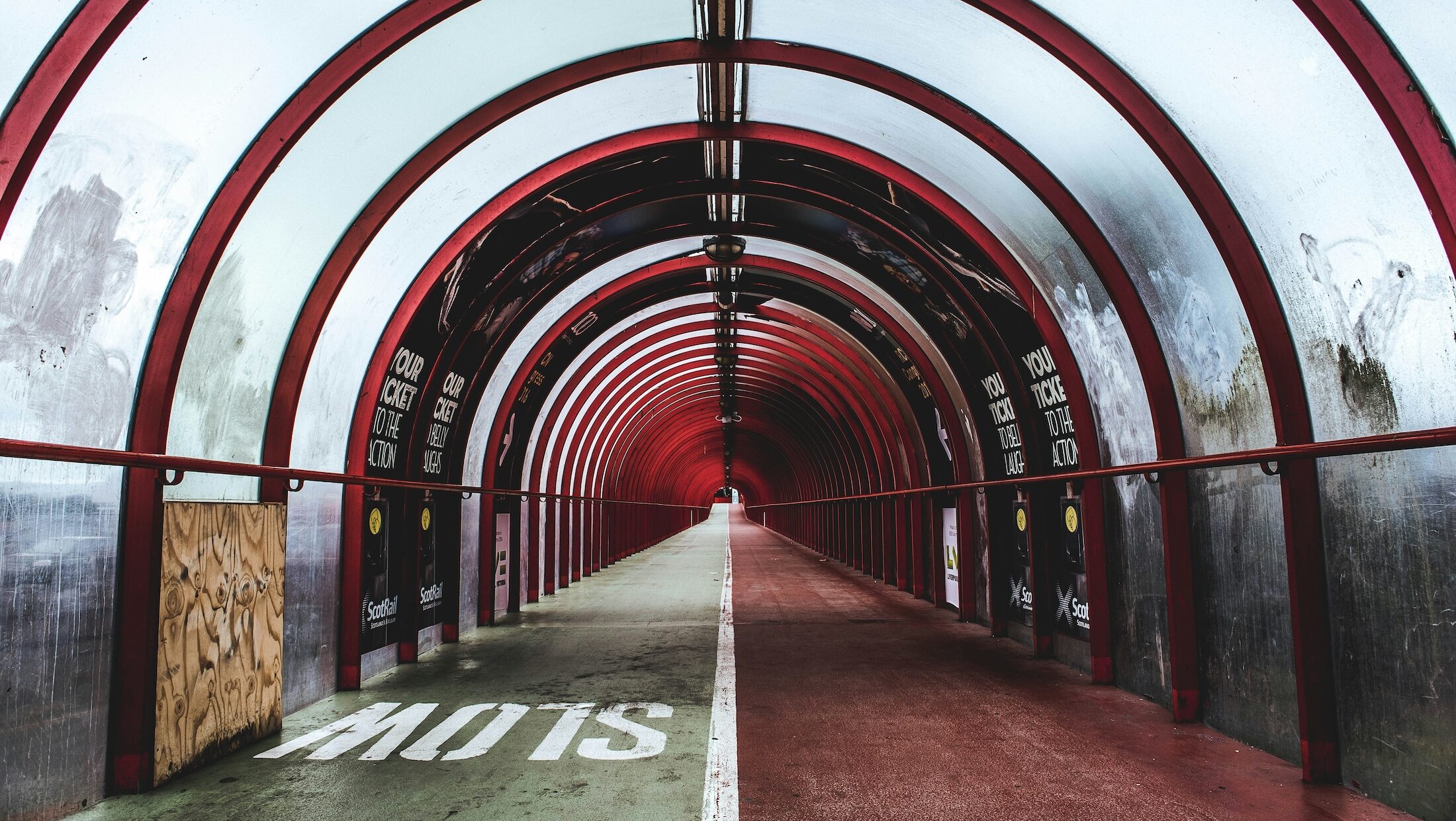Photo by Codioful (Formerly Gradienta) on Unsplash
What if notifications didn’t interrupt your flow, but instead gently guided you in harmony with your natural rhythms?
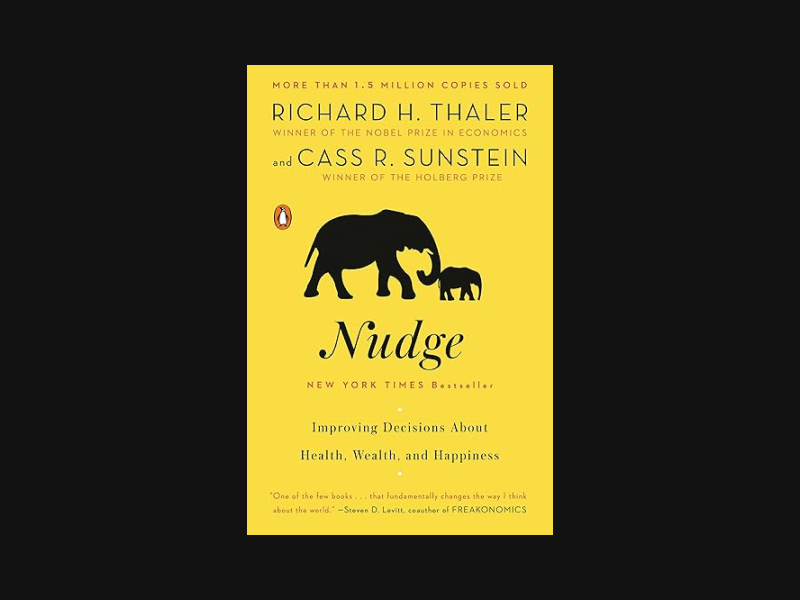
This book explores how subtle shifts in the way choices are presented, known as “nudges,” can guide people to make better decisions in areas like health, finance, and overall well-being, without limiting their freedom of choice.
Do you ever feel like notifications are waging a battle for your attention? Between endless pings and buzzes, even the simplest moments can get interrupted. It’s no surprise that this constant noise is contributing to a growing sense of digital fatigue.
As part of my work on a meditation and sleep app, I’ve been exploring how to design notifications that align with users’ needs. During user testing, we’ve been experimenting with different approaches to ensure that notifications feel supportive, not disruptive. This process has been eye-opening—it’s made me realize just how much opportunity there is to rethink the way we communicate with users.
What if notifications didn’t feel like interruptions? What if they felt like gentle, thoughtful nudges that prioritized your needs and respected your rhythm?
This is where calm design can make a difference. Instead of overwhelming users with a flood of updates, we can aim to design notification systems that feel personalized, relevant, and respectful.
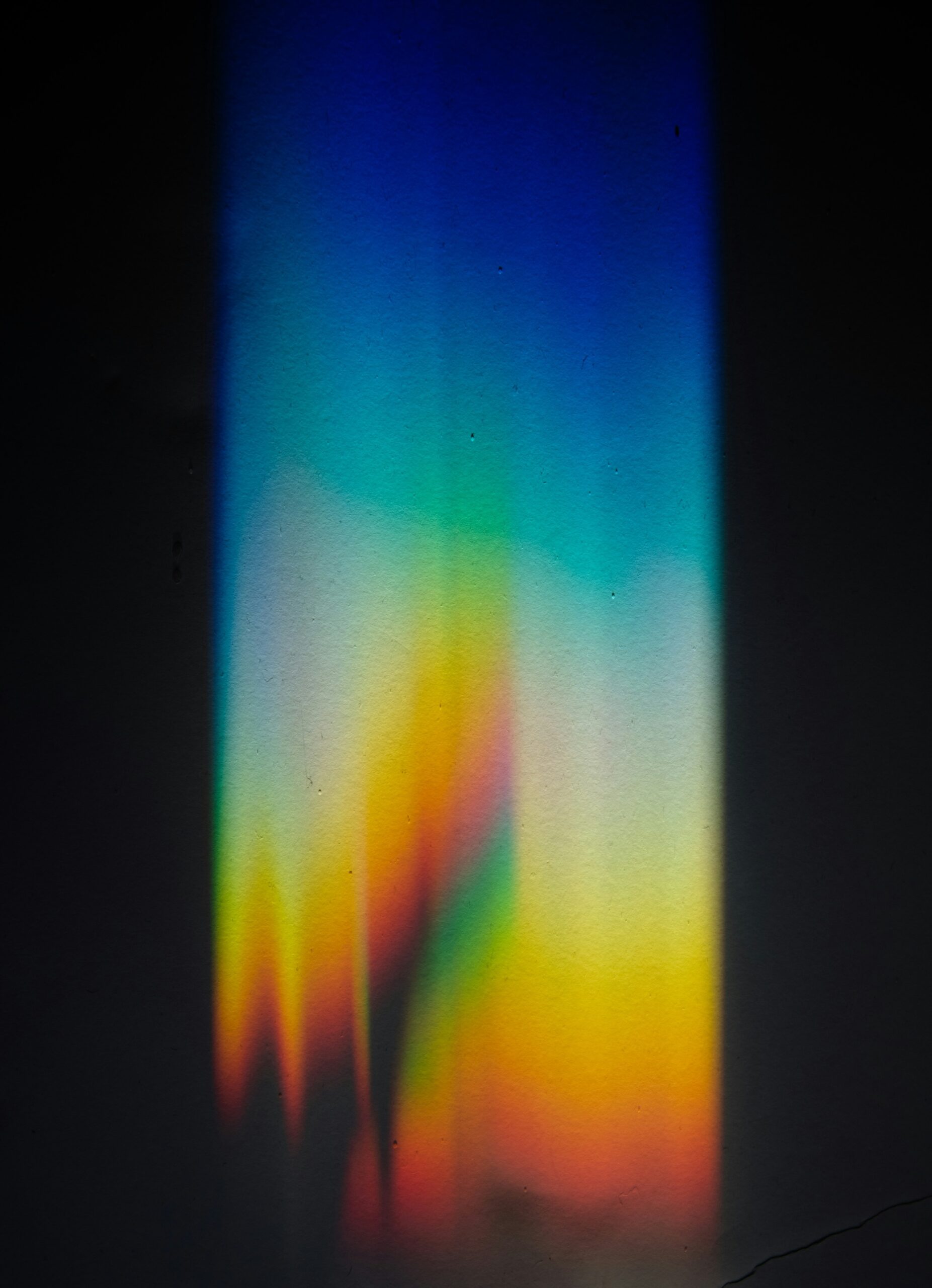
Photo by Evie S. on Unsplash
Imagine notifications that:
- Take into account your circadian rhythms, delivering less urgent updates at times when you’re more naturally receptive.
- Use more than just sight and sound—haptic feedback, light cues, or even subtle environmental changes could convey information in ways that don’t demand immediate attention.
- Allow users to prioritize and filter the types of information they want to see, empowering them to regain control over their attention.
By rethinking how we nudge users, we’re not just creating a calmer experience—we’re showing that technology can work with us, not against us.
Have you tried any strategies or practices that make notifications feel less intrusive?
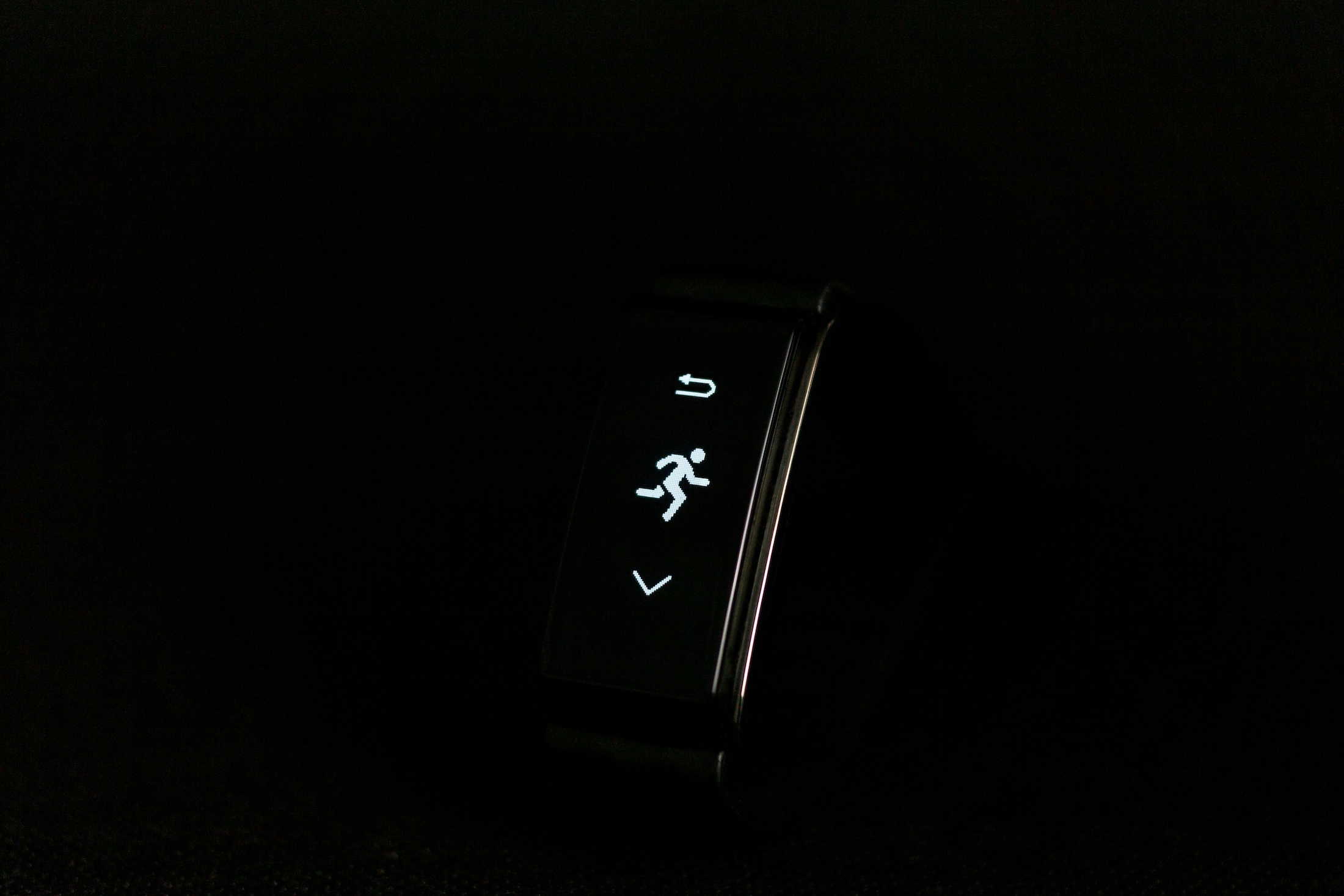
Photo by Artur Łuczka on Unsplash
